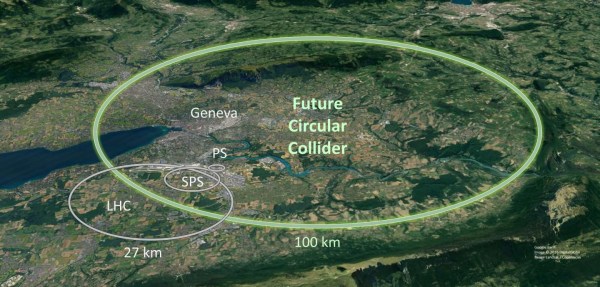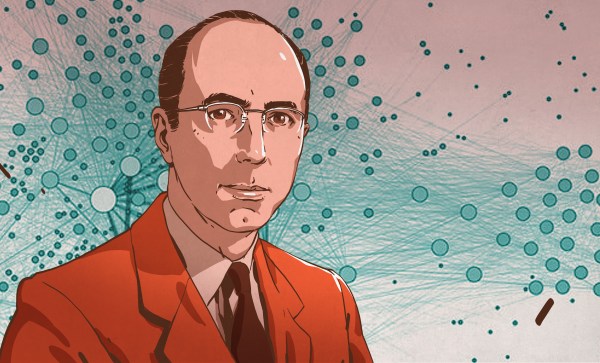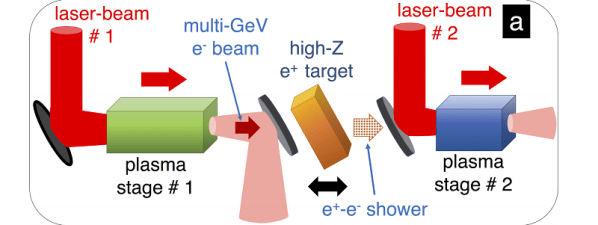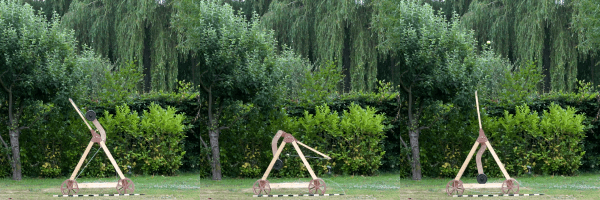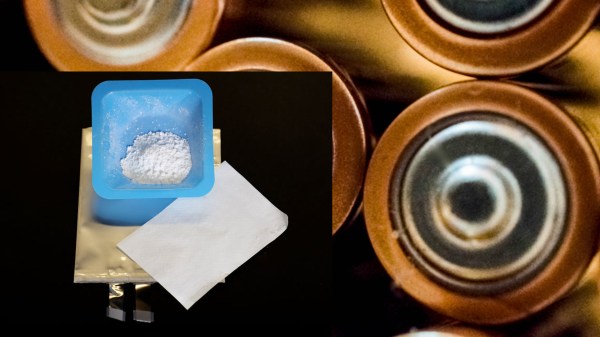A trebuchet is one of the older machines of war. It’s basically a sling on a frame, with a weight that you can lift up high and which pulls the sling arm over on release. Making one opens up the doors to backyard mayhem, but optimizing one opens up the wonders of physics.
[Tom Stanton] covers just about everything you need to know about trebuchet building in his four-part video series. Indeed, he sums it up in video two: you’ve got some potential energy in the weight, and you want to transfer as much of that as possible to the ball. This implies that the optimal path for the weight would be straight down, but then there’s the axle in the way. The rest, as they say, is mechanical engineering.
Video three was the most interesting for us. [Tom] already had some strange arm design that intends to get the weight partially around the axle, but he’s still getting low efficiencies, so he builds a trebuchet on wheels — the classic solution. Along the way, he takes a ton of measurements with Physlets Tracker, which does video analysis to extract physical measurements. That tip alone is worth the price of admission, but when the ball tops out at 124 mph, you gotta cheer.
In video four, [Tom] plays around with the weight of the projectile and discovers that he’s putting spin on his tennis ball, making it curve in flight. Who knew?
Anyway, all four videos are embedded below. You can probably skip video one if you already know what a trebuchet is, or aren’t interested in [Tom] learning that paying extra money for a good CNC mill bit is worth it. Video two and three are must-watch trebucheting.
We’re a sad to report that we couldn’t find any good trebuchet links on Hackaday to dish up. You’re going to have to settle for a decade-old catapult post or this sweet beer-pong-playing robotic arm. You can help. Submit your trebuchet tips.
Thanks [DC] for this one!
Continue reading “Trebucheting Tennis Balls At 124 MPH” →


